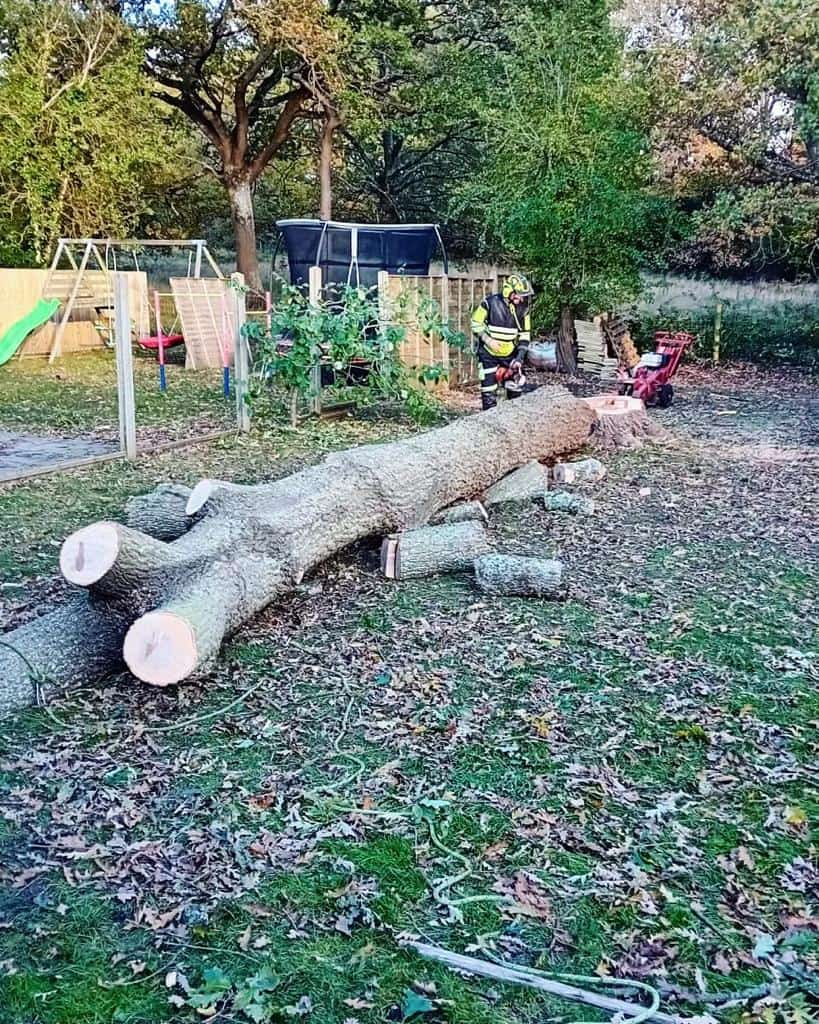Pruning is a critical aspect of tree care, promoting healthy growth, improving the shape of trees, and ensuring their long-term vitality. However, pruning techniques for mature trees differ significantly from those used on young trees. Each type of tree has its own set of requirements, and understanding the distinctions between the two can help maintain their health and aesthetic appeal. In this article, we will explore the differences in pruning techniques for mature and young trees and why it’s important to apply the right methods for each.
1. Pruning Young Trees: Encouraging Healthy Growth
When pruning young trees, the goal is to guide their development, encourage strong structural growth, and ensure that the tree establishes a solid foundation for future health. Young trees are more flexible, making them easier to shape and control. The primary objective at this stage is to establish a clear central leader (the main stem) and remove any competing stems or branches.
- Techniques for Pruning Young Trees:
- Central Leader: The central leader is the main vertical stem that should be preserved. Any competing leaders should be removed to encourage a strong and uniform growth pattern.
- Spacing of Branches: Pruning young trees helps create proper spacing between branches, which promotes airflow and reduces the risk of disease. It also ensures that the tree grows in an organised structure that will support future growth.
- Remove Damaged or Diseased Growth: Any damaged or diseased branches should be removed at this stage to prevent the spread of infections and encourage healthy growth.
- Why It Matters: Proper pruning of young trees allows them to develop a strong, balanced structure, reducing the risk of future issues such as weak branches or poor shape. This ensures that the tree grows in a way that enhances its stability and longevity.
2. Pruning Mature Trees: Focusing on Maintenance and Safety
Mature trees are much larger and more established, meaning their growth has already reached a certain point. While pruning young trees is about shaping and encouraging growth, pruning mature trees focuses on maintaining their health, improving their shape, and addressing any potential safety concerns. Over-pruning or improper pruning at this stage can cause significant damage or stress to the tree.
- Techniques for Pruning Mature Trees:
- Selective Pruning: With mature trees, it’s important to be selective about which branches are removed. Only dead, diseased, or damaged branches should be removed to minimise stress on the tree. Selective pruning also helps maintain the tree’s natural shape and structure.
- Weight Redistribution: In some cases, branches may need to be reduced or shortened to redistribute the weight of the tree. This is particularly important for trees with heavy branches that could pose a risk to surrounding structures or people.
- Crown Thinning: Crown thinning involves selectively removing branches within the tree’s canopy to improve light penetration and airflow. This helps reduce the risk of disease and allows the tree to breathe more easily.
- Removal of Weak Limbs: As trees mature, they may develop weak or overcrowded limbs. These should be removed to ensure the tree remains structurally sound and free from unnecessary stress.
- Why It Matters: Pruning mature trees effectively helps maintain their health, appearance, and stability. Proper pruning reduces the risk of falling branches, which could cause property damage or injury, and prevents the tree from becoming unbalanced or unsafe.
3. Timing of Pruning: When Is the Best Time for Each?
Pruning at the right time is just as important as using the right techniques. Both young and mature trees have specific pruning windows during which they are most receptive to cutting.
- Pruning Young Trees: Young trees are best pruned during the dormant season, typically late winter to early spring. This allows the tree to heal faster and reduces the risk of pest infestations or diseases that might thrive on fresh cuts.
- Pruning Mature Trees: Pruning mature trees should also be done during the dormant season to minimise stress and prevent disease. However, any safety-related pruning, such as removing broken or dangerous branches, should be done immediately, regardless of the season.
- Why It Matters: Pruning during the right time of year ensures that the tree heals properly and reduces the risk of infection. Timing also allows for the best results in terms of growth and vitality.
4. The Role of a Professional Tree Surgeon
Pruning trees, especially mature ones, requires a high level of expertise to ensure that the right techniques are applied and that the tree’s health is preserved. Professional tree surgeons have the skills and knowledge needed to assess a tree’s condition, identify the right branches to remove, and carry out the pruning in a way that minimises damage and promotes healthy growth.
- Why It Matters: Tree surgeons can help ensure that both young and mature trees receive the proper care they need. They understand the biology of trees and can advise on the best pruning methods and timing for each specific tree, ensuring that your trees thrive for years to come.
Conclusion
Pruning is an essential part of tree care, but the techniques and approaches differ depending on whether you’re working with young or mature trees. While young trees benefit from shaping and structural pruning, mature trees require careful maintenance to ensure their health, stability, and safety. Whether you have young saplings or large, established trees, pruning should always be approached with expertise and care.
For residents of Cobham, Surrey, seeking professional tree care, NS Tree Surgery Cobham offers expert pruning services tailored to your tree’s needs. Our team is skilled in both young and mature tree pruning, ensuring that your trees receive the right treatment at every stage of their life. Contact us today for a consultation and let us help keep your trees healthy and thriving.
Call us on: 01372 679 098
Click here to find out more about NS Tree Surgery Cobham
Click here to complete our contact form and see how we can help with your tree needs.

